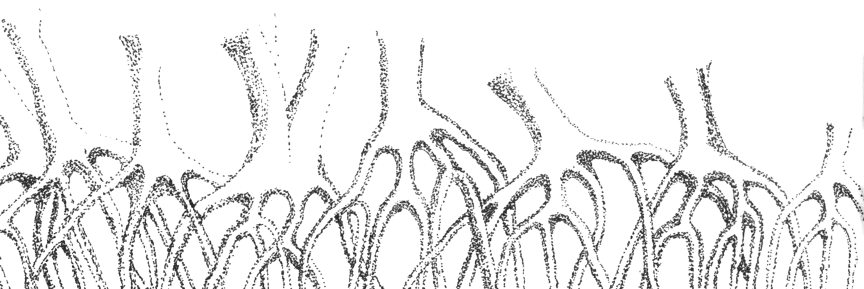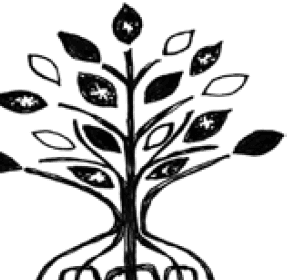Being-at-Home
Raj Mansukhani
A little boy tries on a new pair of shoes for the first time and discovers, despite the initial excitement at the novelty of the whole thing, that the shoes do not--cannot--fit perfectly. They have to be broken in. And so, in the next few days, feet and leather become acquainted and transform the shoes into something unique. They become his shoes, familiar, shaped according to the contours demanded by his feet, becoming at last comfortable. At that moment, the shoes have become, at least for his feet, a place called home.
It is the same when you first get acquainted with any living space, such as a house. Your body accommodates, at first, the objects around you the way your eyes accommodate things that emerge from a fog. There, somewhere inside, are the dining table, the kitchen, the walls, the cabinets, and the rooms. And then slowly, as you move around them, your body begins to develop an internal rhythm shaped by the contours of the living space. The passageways and the arrangement of objects and furniture within the space start to suggest a particular series of movements that, in time, become part of the accustomed rhythm of the body as it moves about this space. You enter the gate without much thought, leave your shoes at the doorstep, drop your heavy bags and books on the sofa, enter the kitchen, where a glass in a drawer waits for you to pick it up so you can take it with you towards the refrigerator, and grab the pitcher inside to pour the water into the glass as you take it with you upstairs to the bedroom where you lie on the bed, turn on the TV, and rest. This series of actions get embedded into the body and offers movement patterns that become familiar and comforting through time.
In the living space called home, what becomes familiar, ultimately, is the sequence of movements that the space provides. At some point, the objects cease to be particular objects and start to recede into the background due to their familiarity. They have become opportunities for the body to move about in space in a familiar, regulated pattern. The space enters the body, turns it into rhythm inside, and is expressed outwards as the feeling of being at home.
Home is a field of familiar, patterned activities that, by repetition, shapes the body into an instrument whose notes can only be played in a certain way because of how the instrument has been shaped through time as you move about in a given space. You enter this space called home and simply perform your actions without much thought, freed from the burden of thinking things through. You leave your shoes at the doorstep before you enter and then simply go to the most restful spot without thinking. Your body knows exactly what to do and how to do it without effort. In time, the self extends towards this space just as the space is incorporated into oneself. Home becomes connected with personal identity, and it is for this reason that we find it difficult to leave home; why we keep going back to it again and again and refuse to let go of it the way we might refuse to let go of an old pair of familiar, comfortable, broken-in pair of shoes.








